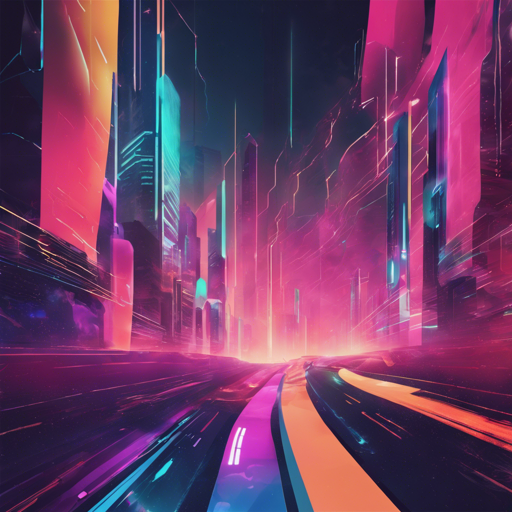The art of video generation has taken a profound leap with the introduction of generative models that leverage adversarial networks. In this guide, we will explore how to create tiny videos using the implementation by Carl Vondrick and his team. You’ll learn the necessary steps to get started and generate captivating videos, all while addressing common troubleshooting scenarios.
What You’ll Need
- Torch7 Installation
- Stabilized video data formatted as JPEG images
- Access to the pre-trained models (optional but recommended)
Step 1: Setting Up Your Environment
To kick off your video generation journey, begin by installing Torch7, the framework that powers our model. You can find the installation instructions on the official Torch7 GitHub page.
Step 2: Preparing Your Data
Your data requires special attention. The assumption here is that you have stabilized and flattened your videos into JPEG images for efficiency. Much like preparing ingredients before cooking, each video must be converted into an image consisting of vertically concatenated frames. This ensures that each moment is captured collectively.
Step 3: Training the Model
Now it’s time to train your generator! Open the main.lua file. This script does the heavy lifting. Like a maestro conducting an orchestra, it constructs the networks, starts multiple threads to load data, and trains the models. For those looking for a conditional version that uses a static image as input, you can check out main_conditional.lua.
lua
th main.lua
Step 4: Generating Videos
To generate your own tiny videos post-training, simply execute the generate.lua script. This wizard-like file not only produces videos but also allows you to inspect intermediate layers like the mask and background images. Think of it as peeking inside a magical box while experiencing its wonders!
lua
th generate.lua
Example Generations
Here are snippets of imagination brought to life – videos that, while not photo-realistic, capture reasonable motions for various scene categories:
Beach Scene


Golf Scene


Train Station Scene


Baby Scene


Troubleshooting
As with any creative endeavor, challenges may arise. Here are some common troubleshooting ideas:
- Issue: The videos aren’t generating correctly.
- Solution: Double-check your data loading setup to ensure that your images are being read properly.
- Issue: Long training times.
- Solution: Consider reducing the complexity of your model or using fewer training iterations.
- Issue: Errors related to file paths or missing files.
- Solution: Ensure that all file paths specified in your scripts are correct and that all required files are present.
For more insights, updates, or to collaborate on AI development projects, stay connected with fxis.ai.
Final Thoughts
Video generation with scene dynamics introduces an exciting realm of possibilities. By combining creativity with technology, we can explore new ways to visualize content. At fxis.ai, we believe that such advancements are crucial for the future of AI, as they enable more comprehensive and effective solutions. Our team is continually exploring new methodologies to push the envelope in artificial intelligence, ensuring that our clients benefit from the latest technological innovations.

